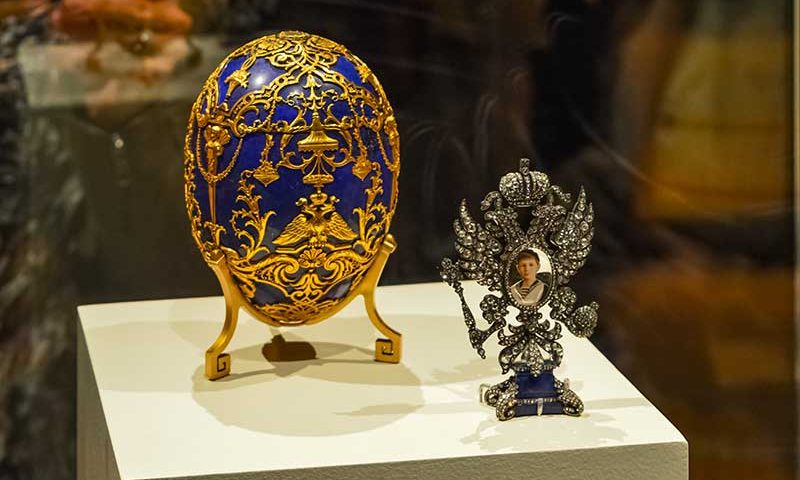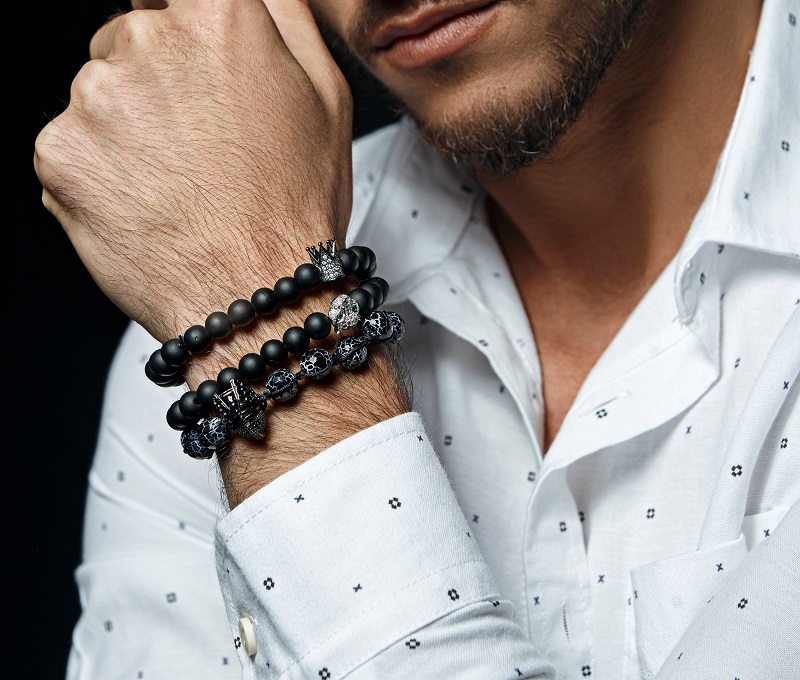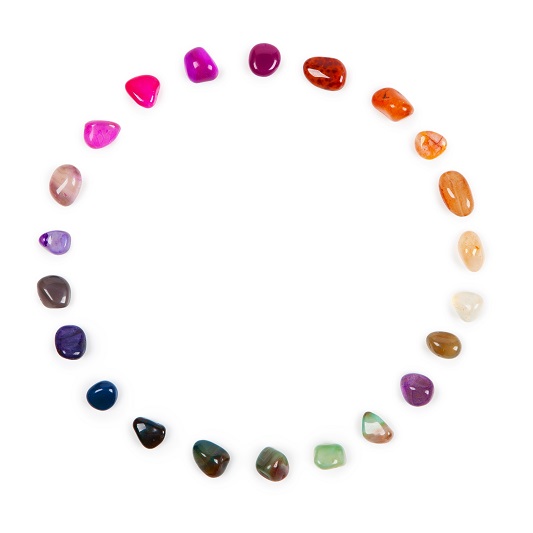The Story of Fabergé: Russian Jewellers and the Revolution

Myths, Mysteries & Curses: The Haunting History of Gemstones
23rd June 2017
The Jewellery of Elizabeth Taylor
23rd June 2017
Founded by Gustav Faberge in St. Petersburg, Russia, in 1842, the House of Fabergé is perhaps one of the most recognisable names in exquisite jewellery. The brand is best known for it’s decadent, striking and mysterious Fabergé eggs, which Faberge designed and made for the Russian Tsars before the Russian Revolution, when the eggs were confiscated, with some sold, stolen, or lost entirely.
The History of Fabergé
Originally Favri, the Faberge family name is a result of generations of migration throughout Europe. It was in the 1830s when Gustav Faberge, the founder of the renowned brand, moved to St. Petersburg, Russia, to train as a goldsmith. Gustav trained under Andreas Ferdinand Spiegel before pursuing an apprenticeship at the Kiebel jewellery brand, which was already a favourite with prominent Russian Tsars. Once he had completed his training, Faberge was named a Master Goldsmith. Come 1842, Gustav Faberge had opened his first jewellery shop, which he named Fabergé, adding an accent to help the brand appeal to his wealthy Russian audience. From then, the Fabergé name grew in prominence thanks to the introduction of the now famous Fabergé eggs.
What are Fabergé eggs?
Also known as the ‘Hen Egg’, the Fabergé egg is an incredibly luxurious jewel-encrusted ‘shell’ made from precious metals, including gold, and adorned with exquisite details – some of the eggs also featured “surprises” revealed when you opened them up and peered inside. Surprises found in the eggs include family and personal portraits, as well as equally beautiful jewel-encrusted crowns.
The first Fabergé egg was commissioned by Tsar Alexander III in 1885 as an Easter egg for his wife, the Empress Maria Feodorovna – this extravagant gift them became a tradition for the Tsars, who continued to commission Fabergé as gifts that were, typically, given to women, including wives, daughters, mothers, and grandmothers. Fabergé made 54 eggs in total; however, many remain lost. Today, a typical Fabergé egg would command a multi-million-pound price tag if sold at auction.
The Mystery of the Lost Fabergé Eggs
In 1917, the Bolsheviks took power in Russia, overthrowing the Tsar and his family. When this happened, the Tsars fled Russia, and the Bolsheviks confiscated the Fabergé eggs. Ten of the eggs were held at the Kremlin Armoury while another ten were, according to experts, stolen in 1918. The Bolsheviks sold the rest of the Fabergé eggs which, consequently, became scattered across Europe, Russia, and the United States.
Seven of Fabergé’s precious eggs, to this day, remain lost. The lost Fabergé eggs include:
Cherub with Chariot
Delivered in 1888 to Alexander III, the Cherub with Chariot Fabergé egg is thought to be a clock inside a gold egg, placed in a chariot pulled by a cherub, or angel. According to the original invoice for the design, the egg features many diamonds and a prominent sapphire. If found, the Cherub with Chariot egg would, undoubtedly, be one of the most extravagant known designs.
Hen with Sapphire Pendant
There are no known drawings of the Hen with Sapphire Pendant Fabergé egg; however, there are some conflicting written descriptions which give us an idea of it’s aesthetic. We also know that Alexander III commissioned the egg in 1866. Supposedly, the design features a hen taking a sapphire egg from a basket with its beak. Both the basket and hen are thought to be made from gold and encrusted with rose-cut diamonds.
Empire Nephrite
Commissioned in 1901, the Empire Nephrite Fabergé egg, also known as the Alexander III Medallion egg, was a gift from Nicholas II of Russia to his mother. The egg is crafted from nephrite, also known as jade, and feature gold detail and two distinct cut diamonds.
Nécessaire
The Tsars commissioned the Nécessaire Fabergé egg in 1889. The egg is one of the few eggs known to have survived the Russian Revolution as, in 1952, it was sold by Wartski in London. It is thought to be made from gold and encrusted with rubies, emeralds, and sapphires. Inside the egg is a 13-piece diamond-encrusted accessory set of ladies’ miniature toilet implements.
To this day, historians and jewellery enthusiasts alike continue to search for the missing Fabergé eggs while wealthy enthusiasts collect the known eggs. Ukrainian-born Russian businessman Viktor Vekselberg currently owns the largest private collection of Fabergé eggs which he has spent his entire life building. Vekselberg is renowned for having a public trademark dispute with Fabergé in 2010, which he lost.
Fabergé in the 21st-century
Since the start of the 20th-century, the Fabergé name has been sold and resold and undergone many changes, including a period when it produced the then-popular fragrance, Brut. In 2007, investment firm Pallinghurst Resources LLP purchased household name Unilever’s portfolio of trademarks, including the Fabergé brand name which was later bought by Fabergé Limited. It was Fabergé Limited that helped bring the brand back to prominence as the great-granddaughters of Peter Carl Fabergé were reunited with the brand and founded the Fabergé Heritage Council. In 2009, Fabergé looked to the digital world and launched its first collection of fine jewellery online before, in 2011, releasing multiple collections of egg pendants as a homage to the renowned Fabergé egg design. Towards the end of 2011, Fabergé opened its first boutique in London’s Mayfair. The very next year, in 2012, Fabergé opened its first Stateside store on Madison Avenue in New York. The brand is now renowned for its fine jewellery collections, including bracelets, necklaces, earrings, and engagement rings, as well as its contemporary diamond-encrusted timepieces for both men and women.
No matter where you are in the world, it’s likely you would have heard the Fabergé name mentioned time and again throughout the years. Without a doubt, the Fabergé brand continues to be one of the most prominent, sought-after, and exquisite jewellery brand’s in existence and the mysteries surrounding the spectacular Fabergé eggs continue to fill the world with whimsy and wonder.




